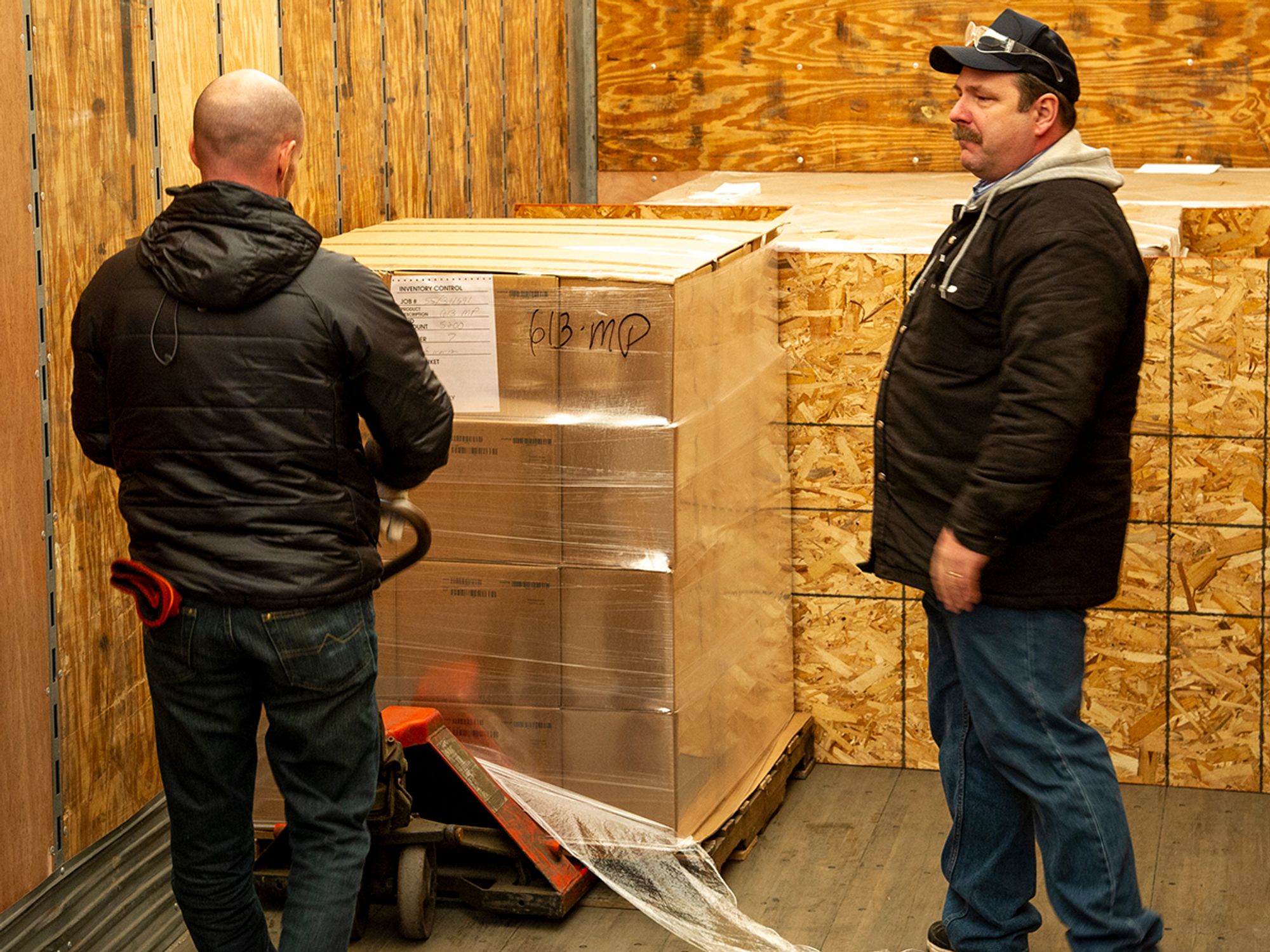Business continuity, cargo claims, and fleet legalization

- Plans for business continuity should be prepared before an unforeseen event occurs.
- Though FMCSA regulations set minimum cargo securement standards, companies should take their policies even further to minimize cargo claims.
- Interstate carriers must have a USDOT number to allow FMCSA to monitor safety information.
Business continuity planning involves devising a plan that guards against disruption of one’s business in case of unforeseen events. A business continuity plan defines the necessary procedures that will ensure timely and orderly resumption of a business cycle through the ability to execute plans with little or no interruption to service or operations.
After a natural disaster or other catastrophic event such as a major theft or system security breach, getting back to business requires a thoroughly considered, well-executed plan. Such plans need to be drafted before a catastrophic event occurs so the business can dive into suggested best practices based on the type and degree of disaster.
Disaster recovery and business continuity include protecting a physical location and people, but they are more than that. They can extend to protecting a business’s reputation, especially following a man-made disaster (e.g., fire, hazardous materials spill, or data breach) that may have been the result of mistakes made by the motor carrier.
For more in-depth information on business continuity topics, click on the following links:
Cargo claims
Cargo claims cost the motor carrier industry hundreds of millions of dollars each year. Any claim has a negative effect on customer service and could result in losses.
The Federal Motor Carrier Safety Administration (FMCSA) has regulations that set minimum cargo securement standards. However, to minimize cargo claims, policies and procedures that exceed the regulations should be developed covering areas such as:
- Trailer inspection and preparation,
- Loading and unloading procedures,
- Cargo inspection,
- Cargo securement,
- Cargo theft prevention,
- Driving safely,
- Driver reporting,
- Food safety and security during transportation, and
- Load documentation.
For more in-depth information on cargo claims topics, click on the following links:
Fleet legalization and taxation
All interstate carriers are required to obtain a USDOT (U.S. Department of Transportation) number that allows FMCSA to monitor safety information from compliance reviews, crash investigations, and roadside inspections. Commercial vehicles must also be licensed according to the rules of each jurisdiction in which those vehicles operate.
Registration means getting a state base plate, a restricted plate, an International Registration Plan (IRP) apportioned plate for frequent interstate commerce, or a temporary trip permit for infrequent interstate commerce.
Fuel use taxes are paid for every mile traveled in each state. The International Fuel Tax Agreement (IFTA) requires fuel tax credentials to collect and distribute taxes. Interstate carriers provide fuel tax reporting quarterly to their base jurisdiction based on fuel purchases.
Also, each state legislature passed regulations that set legal vehicle sizes and weights for their particular jurisdiction. The regulations cover the legal limits allowed for width, height, length, and weight of various vehicles and/or trailer configurations. These rules also address limitations for vehicles traveling on interstate or designated highways within the state and/or other state or supplemental highways.
The Federal Highway Administration (FHWA) is responsible for setting size limits that must be allowed on the National Network and weight limits for the Interstate Highway System and Defense highways.
The federal bridge formula is used for state roads that are designated as part of the National Network. While most states use the federal bridge formula for all roads in their jurisdiction, some have a separate state formula they use for other state or county roads.
Compliance and the use of best practices are essential to minimize reporting errors, fines, and the possible loss of ability to operate.
For more in-depth information on fleet legalization and taxes, click on the following links:
